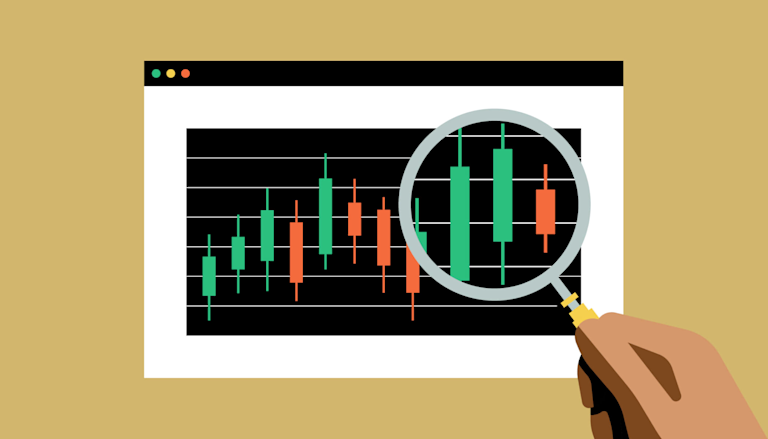Mastering the Art Trading Crypto Indicators

Understanding Trading Crypto Indicators
In the ever-evolving world of cryptocurrency, trading indicators play a vital role in decision-making. They serve as tools that traders use to analyze market behavior, helping in predicting future price movements. For both novice and experienced traders, understanding these indicators is crucial for effective investment strategies. To delve deeper into this subject, you can Trading Crypto Indicators visit website that offers comprehensive resources.
What Are Crypto Trading Indicators?
Crypto trading indicators are mathematical calculations based on the price, volume, or open interest of a cryptocurrency. They assist in analyzing market trends and provide insights on potential price movements. These indicators can be categorized mainly into two types: trend indicators and momentum indicators. Understanding the difference between these indicators is crucial for developing an effective trading strategy.
1. Trend Indicators
Trend indicators help traders understand the overall direction of the market. They often smooth out price data and provide a clearer picture of potential price movements. Common trend indicators include:
- Moving Averages (MA): A technique that smooths price data over a specific period, making it easier to identify trends.
- Exponential Moving Average (EMA): Similar to a simple moving average, but gives more weight to the most recent prices, making it more responsive to new information.
- Average Directional Index (ADX): This indicator measures the strength of a trend, showing whether the market is trending or ranging.

2. Momentum Indicators
Momentum indicators measure the speed and change of price movements. These indicators can help traders identify overbought or oversold conditions, which may indicate a potential reversal. Some popular momentum indicators include:
- Relative Strength Index (RSI): A widely used momentum oscillator that measures the speed and change of price movements, helping traders identify overbought or oversold conditions.
- Moving Average Convergence Divergence (MACD): This indicator follows the relationship between two MAs and can signal bullish or bearish turns in the market.
- Stochastic Oscillator: A momentum indicator that compares a particular closing price of a cryptocurrency to a range of its prices over a certain period.
Integrating Indicators Into Your Trading Strategy

The effectiveness of trading indicators often relies on their integration into a broader trading strategy. It is essential to use these indicators in conjunction with other market analysis tools, such as fundamental analysis and sentiment analysis. Here are some strategies to consider:
1. Combining Indicators
Many traders find success by combining different types of indicators to create a clearer picture of market conditions. For instance, you might use a trend indicator like the Moving Average in conjunction with a momentum indicator like the RSI. This combination can validate trade signals and reduce false confirmations.
2. Setting Up Alerts
Setting alerts for specific indicator levels can help traders stay informed without the necessity of constantly monitoring the market. Many trading platforms allow users to customize alerts based on moving averages, RSI levels, or other criteria, enabling them to react promptly to critical market conditions.
3. Backtesting Strategies
Before implementing any trading strategy involving indicators, it is crucial to backtest the strategy against historical data. This practice helps traders understand how their chosen indicators perform under various market conditions, allowing them to make adjustments and improve their overall strategy.
The Importance of Risk Management
While trading indicators can provide valuable insights, they are not foolproof. Hence, incorporating sound risk management techniques is vital to protect your trading capital. Here are a few essential risk management strategies:
- Set Stop-Loss Orders: Determining a predetermined exit point for trades can help mitigate losses and protect profits.
- Use Position Sizing: Calculating the size of your trades based on your overall portfolio can help limit your risk exposure.
- Diversify Your Portfolio: Investing in a range of cryptocurrencies can spread risk and reduce the impact of a poor-performing asset.
Conclusion
Trading crypto indicators are essential resources that can enhance your decision-making and trading success. By understanding different types of indicators and integrating them into a coherent strategy, traders can navigate the volatile cryptocurrency market more effectively. Remember, thorough research, consistent backtesting, and sound risk management are the keys to becoming a successful trader in this rapidly evolving landscape. Stay informed, remain disciplined, and utilize the tools at your disposal for optimal results.
